Fool Proof Gardenia – 2 Gallon Pot
$48.97 Original price was: $48.97.$34.28Current price is: $34.28.
SKU: D2LSC 1796533638 Category: Gardenias
- Get the Best for Less
- No-Questions-Asked Returns
- Effortless Shopping, Quality Products
- 7 days free returns

Fool Proof Gardenia
Gardenia jasminoides ‘Leesix’ PP32472
Plant Details
USDA Plant Hardiness Zones: 7a-11 Find Your Zone
Shrub Type: Evergreen Flowering Shrub
Height at Maturity: 3-4′
Width at Maturity: 3′
Spacing: 2.5-3′ apart for solid hedge; 6’+ apart for space between plants
Growth Habit / Form: Bushy, Dense
Flower Color: White
Flower Size: 3″
Flowering Period: Reblooming Spring to Fall!
Flower Type: Double
Fragrant Flowers: Yes – extremely fragrant!
Foliage Color: Dark Green
Fragrant Foliage: No
Berries: No
Berry Color: NA
Sun Needs: Morning Sun with Afternoon Shade or Filtered Sun, All Day Filtered Sun
Water Needs: Average, Lower when established
Soil Type: Clay (amended), Loam, Sand (amended), Silt
Soil Moisture / Drainage: Well Drained Moist
Soil pH: 5.0- 6.5 (Acid)
Maintenance / Care: Low
Attracts: Visual Attention
Resistances: Deer, Drought (when established), Heat, Humidity, Insect
Description
Compact, mounding and easy-to-grow, ‘Fool Proof’ is a reblooming hardy Gardenia with superior disease resistance that blooms from mid to late spring reblooming through fall. Dark green narrow leaves provide unique texture in the landscape and its smaller smaller stature at 3 to 4 feet tall and 3 feet wide is a perfect fit for smaller garden spaces and containers. The flowers of are great for cutting and display in your favorite vase. Cold hardy to USDA Zone 7a.
Landscape & Garden Uses
Growing 3 to 4 feet tall and 3 feet wide, the Fool Proof Gardenia is ideal for use as an accent, in groupings, or as a hedge in home foundation plantings and landscape borders. Because it likes a break from the midday afternoon sun, and cold northwesterly winter winds, it is best planted on the east side of the home or other structures. Needless to say gardenias are a fine addition for sensory gardens and near windows or outdoor living spaces where the sweet fragrance can be enjoyed.
Suggested Spacing: 2.5 to 3 feet apart for solid hedge; 6 feet or more apart for space between plants
Growing Preferences
Gardenia are exceptionally easy to grow in moist but well-drained soils of average fertility and part sun, preferably morning sun with some shade or filtered sun in the mid afternoon hours. As with so many other ornamental plants, constantly soggy or wet soils can cause root rot or other plant diseases. The east side of the home or other tall structure is a perfect spot. USDA Zones: 7a-11 Find Your Zone
Soil pH is important!
To flower their best and maintain deep green foliage color, all Gardenia require an acid to moderately acid soil ranging from 4.5 to 6.0 on the pH scale. Alkaline soil cause yellowing of foliage and flowering will be diminished.
Soil pH is a measurement of the alkalinity or acidity of soil and is measured on a scale of 1-14, with 7 as the neutral mark. Any measurement below 7 indicates acid soil conditions, and anything above 7 indicates alkaline. If you’re unsure about the pH of your soil and whether or not it’s suitable for growing Gardenia it’s a good idea to test the soil pH in the planting area. You can quickly test soil pH with an inexpensive soil pH tester probe or kit.
To lower the pH (make more acid) you can apply Soil Sulfur, Aluminum Sulfate, or Chelated Iron. Adding organic compost to the soil or using compost as mulch can also help to increase acidity and maintain acid soil conditions.
Learn More: What is Soil pH & How To Test & Adjust It
Helpful Articles
Click the link below to find helpful advice from our experts on how to plant, fertilize, prune and water Gardenia plants.
How To Plant & Care For Gardenias
Plant Long & Prosper!
Meet The Wilson Brothers & Staff
Questions? Contact Us
Beautiful plant with a bloom. I love gardenias and they remind me of my Mama. Smells so good.————————————————————We are so glad you are pleased and we hope you enjoy it for years to come! Thanks for the awesome review! 🙂 Beth Steele | WBG
Be the first to review “Fool Proof Gardenia – 2 Gallon Pot” Cancel reply
Related products
Sale!
Gardenias
Sale!
Sale!
Sale!
Gardenias
Sale!
Sale!
Gardenias
Sale!
Gardenias
Sale!

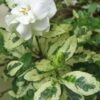
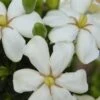

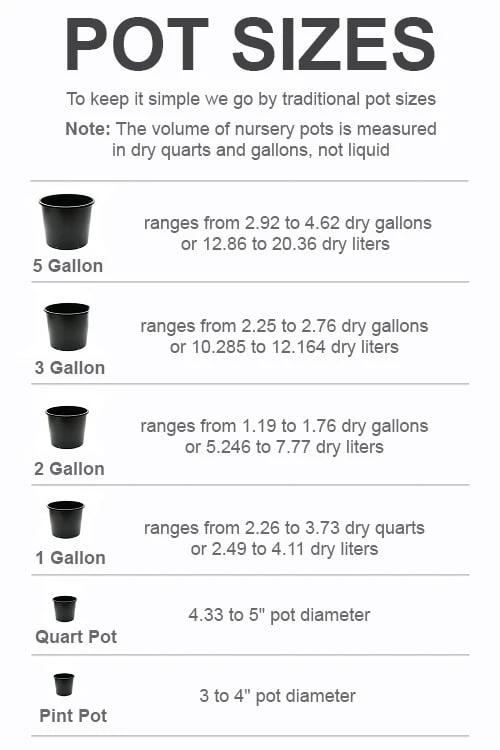


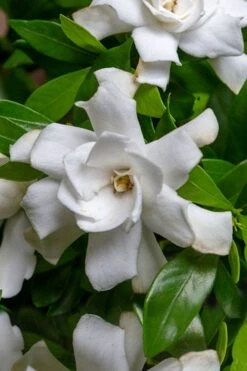
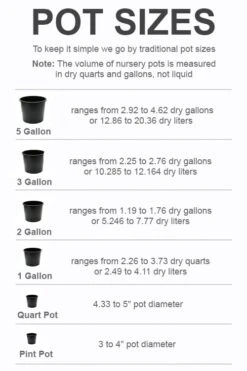


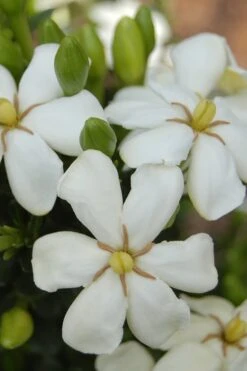




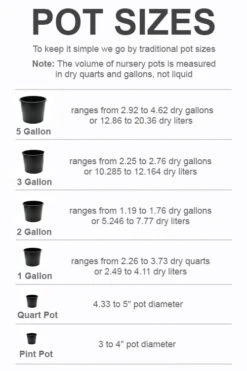

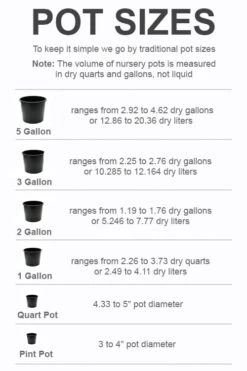

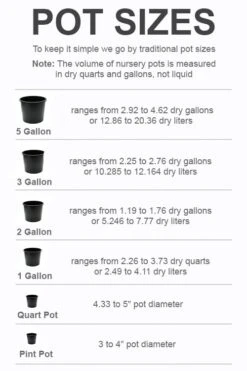
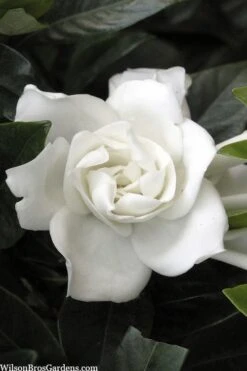
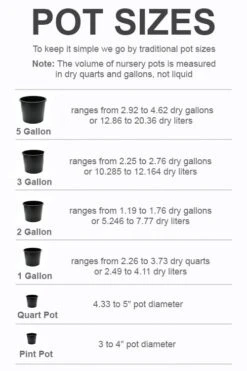

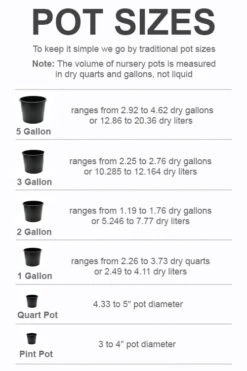

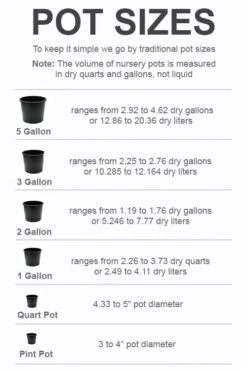
Reviews
There are no reviews yet.